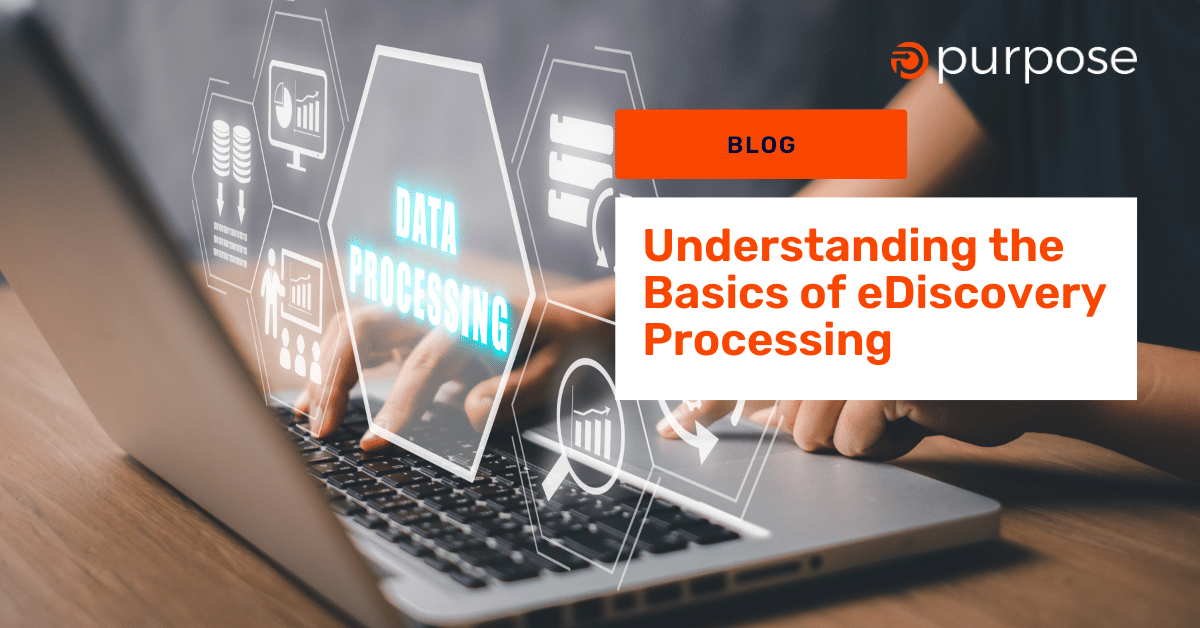In today’s digital world, the way we handle information has transformed dramatically. With this transformation, eDiscovery has become an essential part of legal proceedings and investigations. Whether you’re involved in a legal case, part of a cybersecurity team, or just curious about how digital information is managed, understanding eDiscovery processing is crucial.
What is eDiscovery?
eDiscovery, or electronic discovery, refers to the process of identifying, collecting, and producing electronically stored information (ESI) for legal cases or investigations. This information can come from various digital sources like emails, documents, databases, social media, and more.
Why is eDiscovery Important?
In legal cases, having accurate and relevant information can make all the difference. eDiscovery helps ensure that all necessary data is accessible and can be used as evidence. It also helps in compliance with legal obligations, making sure that nothing is overlooked.
The eDiscovery Process
eDiscovery involves several steps that ensure data is correctly handled and presented. Let’s go through these steps to understand how they work.
Identification
The first step in eDiscovery is identifying what data needs to be collected. This involves determining where the information is stored and what type of data is relevant to the case. It’s crucial to understand the scope of the data to avoid missing important information.
Preservation
Once data is identified, it’s important to preserve it in its original form. This means protecting the data from being altered or destroyed. Proper preservation ensures that the data remains admissible in court and maintains its integrity.
Collection
In this step, the identified data is collected for further processing. The collection needs to be done in a way that maintains the data’s original state. This might involve copying data from computers, servers, or cloud storage without altering any metadata.
Processing
Processing is a critical part of eDiscovery. Here, the collected data is organized and prepared for review. This might involve converting files into a usable format, removing duplicates, and indexing the data for easy access. The goal is to reduce the volume of data to a manageable size while retaining all relevant information.
Review
During the review phase, legal teams examine the data to determine what is relevant to the case. This involves filtering out unnecessary information and focusing on data that supports the legal strategy. Advanced tools and software can help automate parts of this process, making it more efficient.
Analysis
Analysis involves a deeper examination of the data. Legal teams look for patterns, identify key facts, and gather insights that can support their case. This step often requires specialized tools to interpret complex data sets.
Production
After analysis, the relevant data is produced in a format that can be presented in court. This involves creating reports or files that comply with legal standards and can be easily shared with other parties involved in the case.
Presentation
The final step is presenting the data in a legal setting. This could be in court or during negotiations. The presentation must be clear and concise, allowing legal teams to effectively argue their case using the evidence gathered.
eDiscovery in Cybersecurity
eDiscovery is not just limited to legal proceedings; it plays a significant role in cybersecurity as well. In the context of cybersecurity, eDiscovery can help identify data breaches, investigate incidents, and ensure compliance with regulations.
How It Works in Cybersecurity
In cybersecurity, eDiscovery involves tracking down digital footprints, analyzing logs, and examining digital communications to uncover security incidents. It helps in identifying how a breach occurred, what data was compromised, and what steps need to be taken to remediate the issue.
Processing and Hosting
During eDiscovery, data processing and hosting are critical components.
Data Processing
Processing involves converting raw data into a structured format. This includes deduplication, extraction of metadata, and conversion into formats that can be reviewed easily. Efficient processing can significantly reduce the time and cost associated with eDiscovery.
Data Hosting
Once processed, data needs to be hosted in a secure environment. This involves storing the data in a way that is accessible to authorized personnel while keeping it protected from unauthorized access. Cloud-based solutions are often used for hosting due to their scalability and security features.
Tools and Software for eDiscovery
Several tools and software platforms are available to assist with eDiscovery. These tools help automate the identification, collection, processing, and review of data. Popular platforms include Relativity, Logikcull, and Everlaw, each offering unique features tailored to different eDiscovery needs.
Conclusion
Understanding the basics of eDiscovery processing is essential for anyone involved in legal or cybersecurity fields. With the ever-growing amount of digital data, efficient eDiscovery practices ensure that relevant information is preserved, analyzed, and presented effectively. Whether you’re navigating a legal case or managing cybersecurity threats, mastering eDiscovery can be a game-changer.
By embracing the right tools and processes, you can ensure that your organization remains compliant, secure, and prepared for any legal or security challenges that come your way.
Contact us to learn more: https://www.purposelegal.io/contact/



